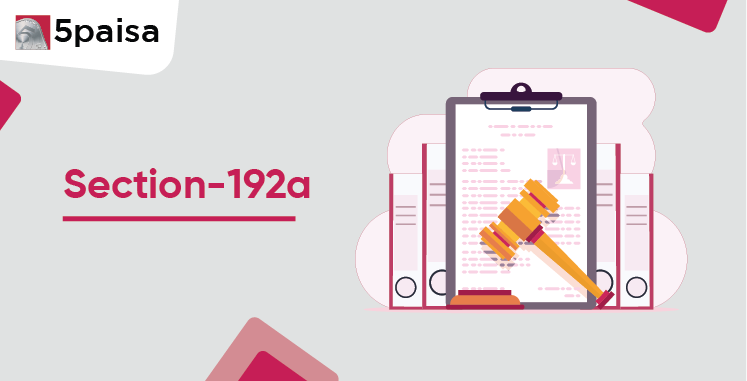Content
- Section 192A of the Income Tax Act: Meaning
- Why is Section 192A Important?
- When is TDS Applicable on EPF Withdrawals?
- Exemptions from TDS on EPF Withdrawals
- EPF Withdrawal Taxation: Understanding the Breakup
- EPF Withdrawal for NRIs: Tax Implications
- How to Avoid TDS on EPF Withdrawals?
- Final Thoughts
The Employees' Provident Fund (EPF) is a significant retirement savings scheme that ensures financial security for employees. However, withdrawing EPF funds before completing five years of continuous service can attract significant tax implications. Section 192A of the Income Tax Act governs the TDS on EPF withdrawals, ensuring tax compliance and preventing revenue losses.
Many employees withdraw their EPF savings when changing jobs, moving abroad, or during financial hardships. However, failing to understand the tax rules under Section 192A of the Income Tax Act can lead to unexpected TDS deductions and penalties. This guide will comprehensively explain what Section 192A is, how TDS on EPF withdrawals is applied, and the best ways to reduce tax liability in a simple, easy-to-understand manner.
More Articles to Explore
- Difference between NSDL and CDSL
- Lowest brokerage charges in India for online trading
- How to find your demat account number using PAN card
- What are bonus shares and how do they work?
- How to transfer shares from one demat account to another?
- What is BO ID?
- Open demat account without a PAN card - a complete guide
- What are DP charges?
- What is DP ID in a demat account
- How to transfer money from demat account to bank account
Disclaimer: Investment in securities market are subject to market risks, read all the related documents carefully before investing. For detailed disclaimer please Click here.



